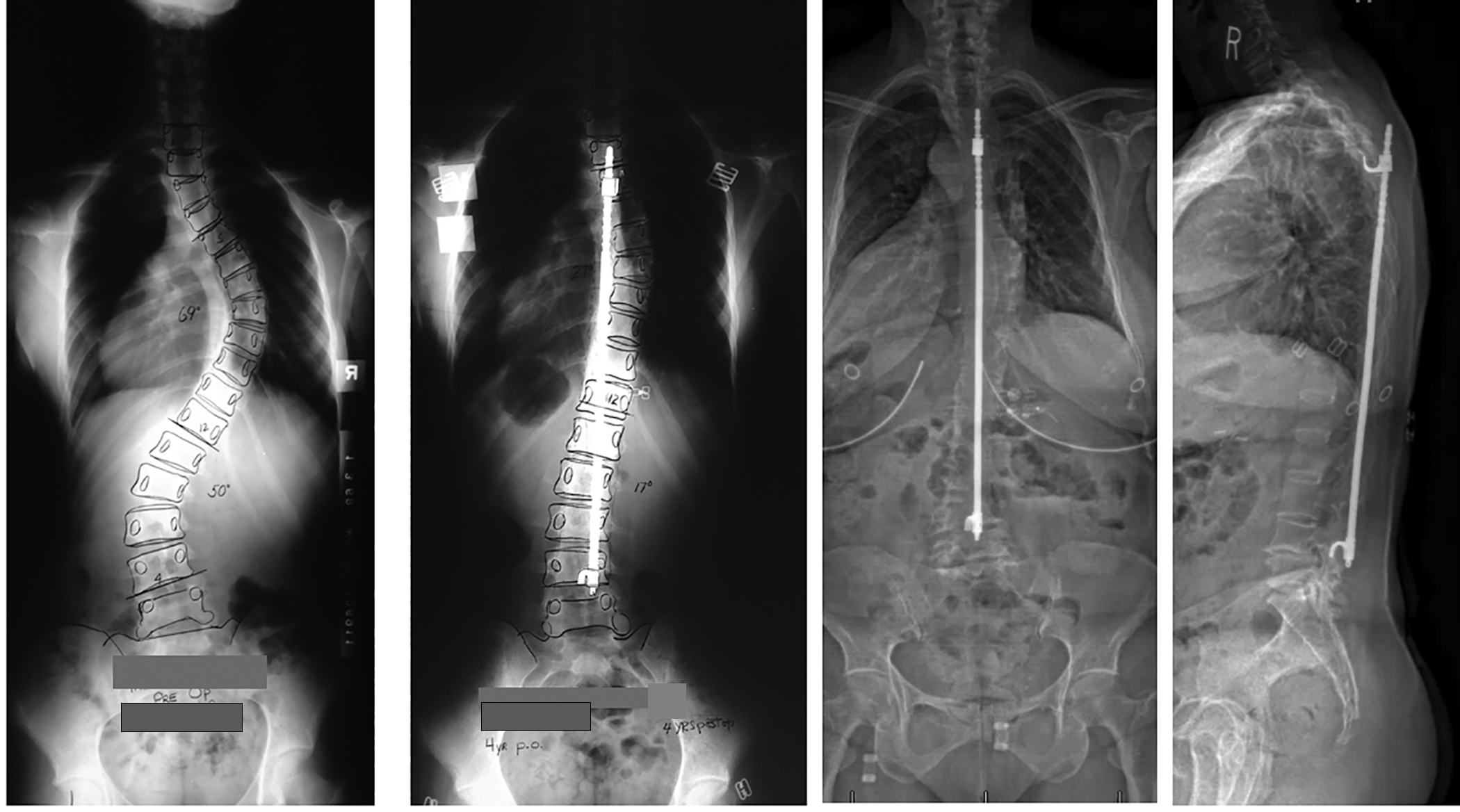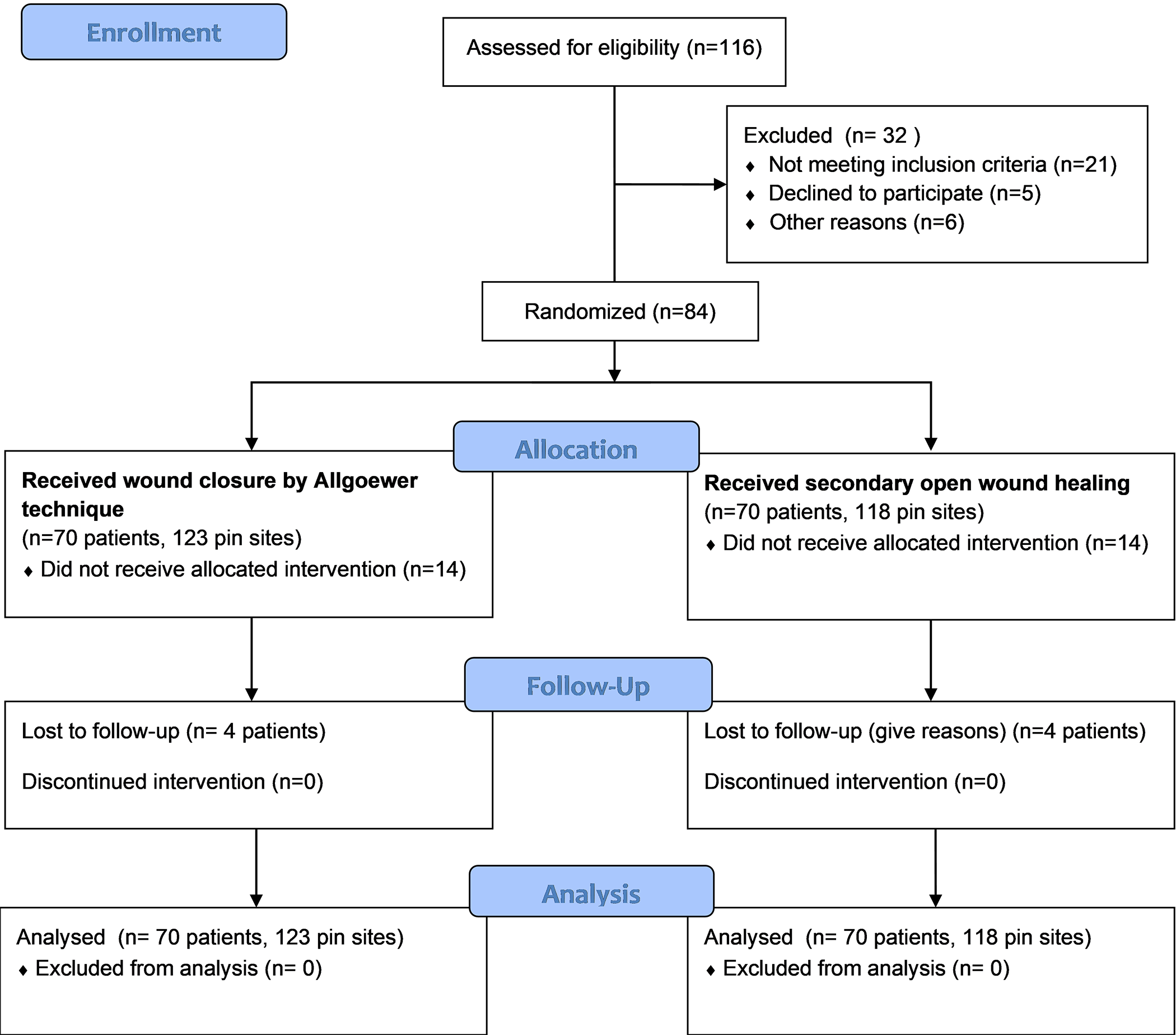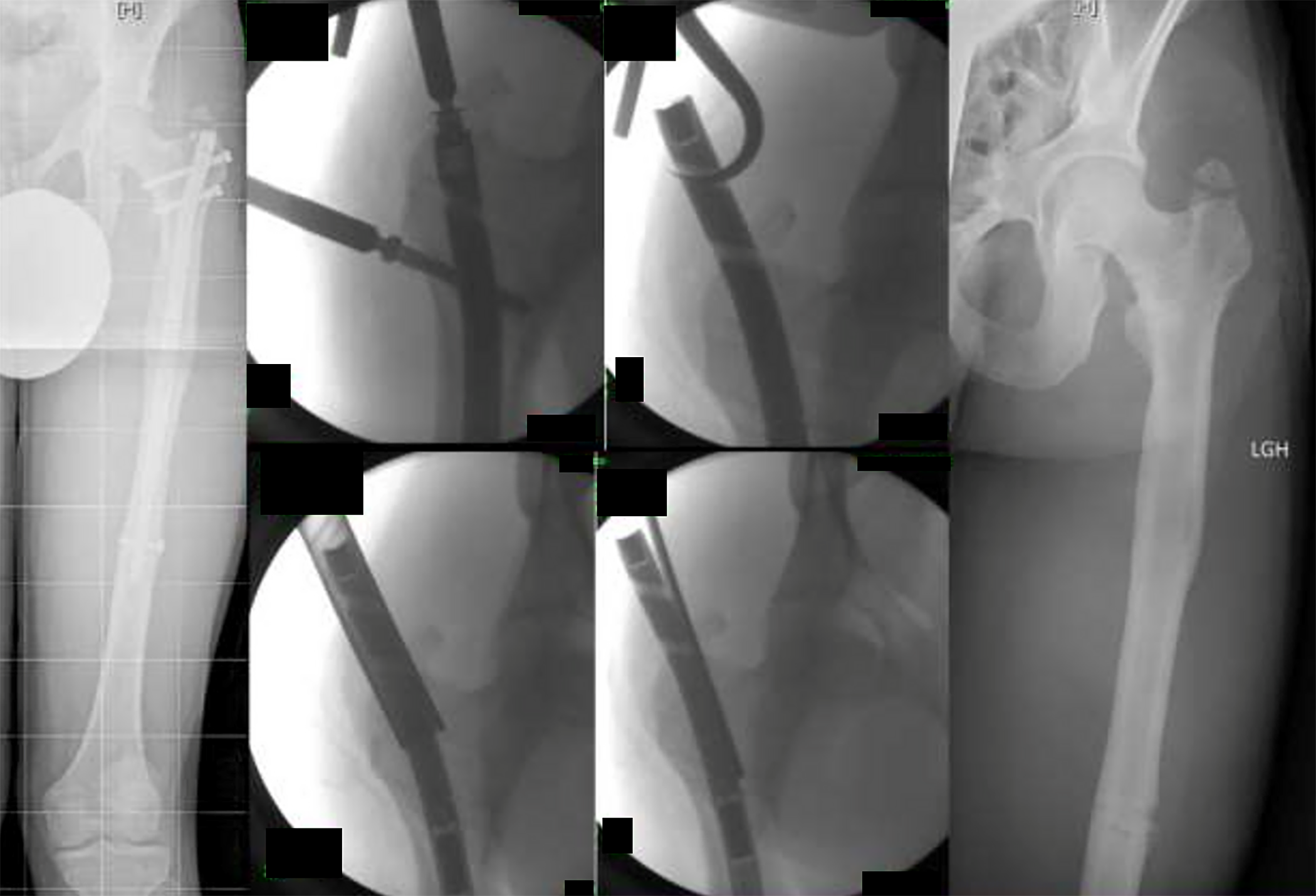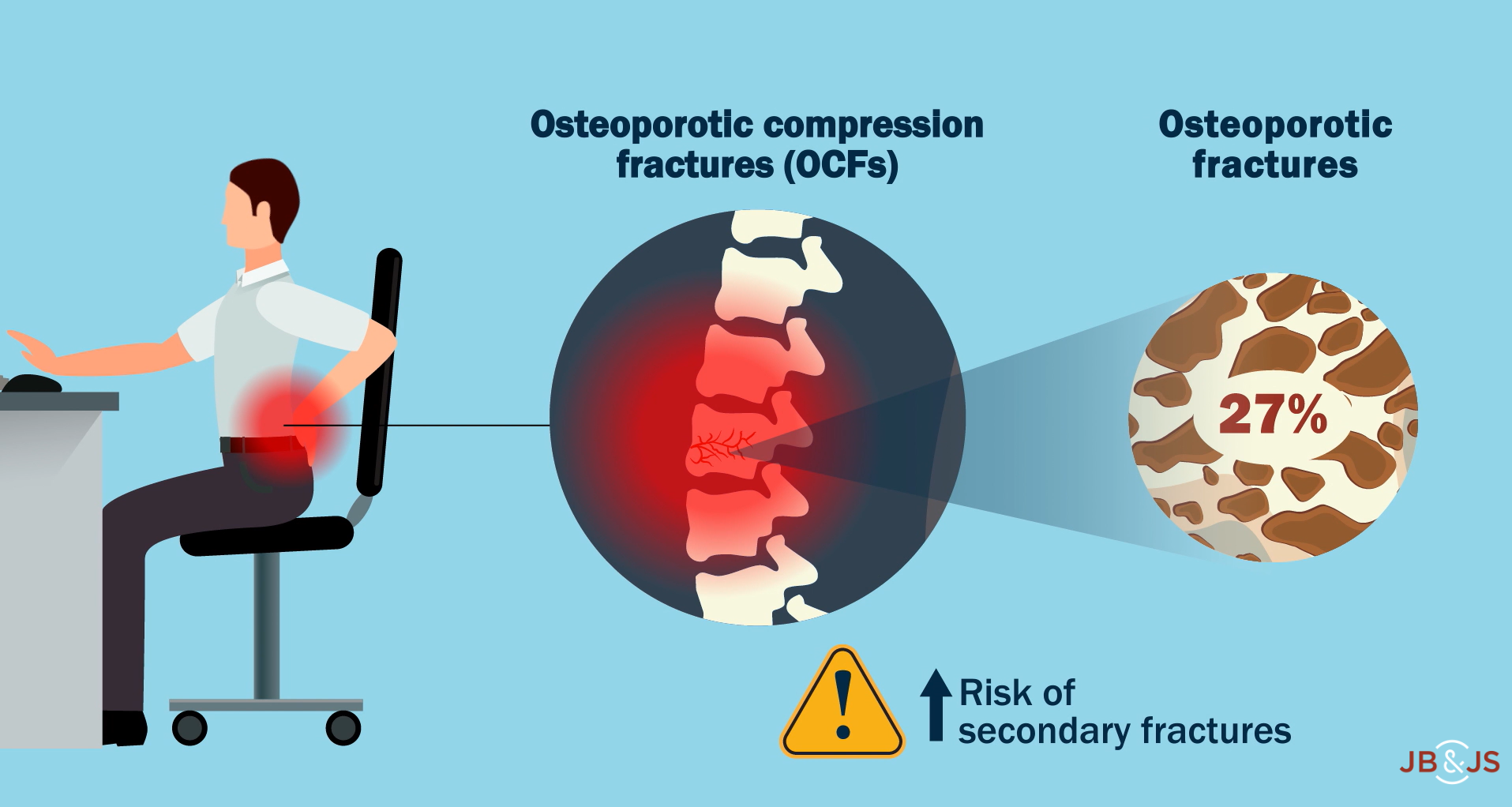In this post, Dr. Marc Swiontkowski, JBJS Editor-in-Chief, reflects on the findings of a new study on the risk of catastrophic health expenditure in patients
Category: Trauma

Patient outcomes ≥40 years after treatment for adolescent idiopathic scoliosis, return-to-sport rates following periacetabular osteotomy, and other important findings are covered in the new JBJS

Dr. Marc Swiontkowski, JBJS Editor-in-Chief, offers his thoughts on a new randomized controlled trial comparing primary closure and secondary wound healing of pin sites after

In this post, Editor-in-Chief Dr. Marc Swiontkowski discusses the new JBJS study by Hlukha et al. on mechanical failures observed in magnetic intramedullary lengthening nails.

In a new study in JBJS, Mills et al. evaluate whether cement augmentation increases the risk of secondary fracture following a vertebral osteoporotic compression fracture

